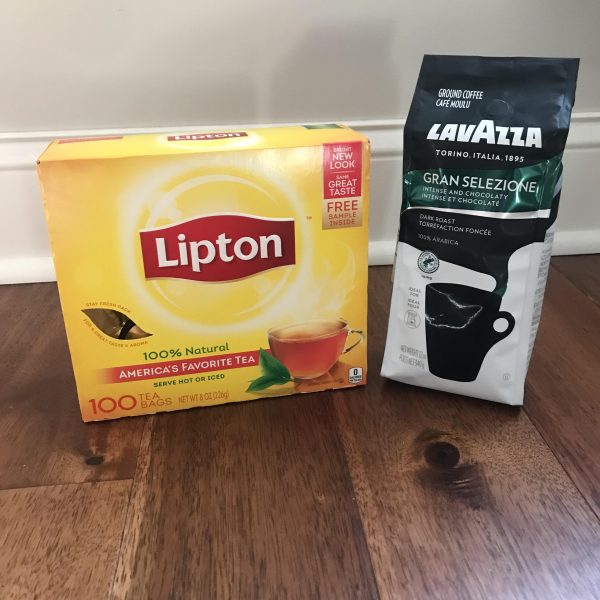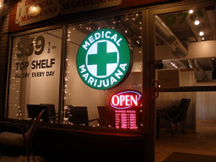The Harmful Effects of Tanning
More stories from Nicholas Spano
As the summer approaches, girls are beginning the journey for the perfect tan.
Many use tanning methods such as bronzer, natural sunlight, and the most dangerous, tanning beds; these are all  used to try and achieve this. Tanning beds, though, are used as a quick way to achieve such goals of tan, golden brown skin. Right now, this topic is extremely relevant because as prom, graduation, and summer approaches girls realize the hot demand for this look. It seems hard to understand why people cannot just accept who they are. If one really wants to add some color, then they should do it safely by wearing sunblock or tanning lotion and laying outside for a safe amount of time. Another safe option would be a spray tan; these typically will last a week, and is logical if desired for a special occasion like prom or graduation. However Ally Scarborough, a senior at Pennridge High School said, “It can be okay in moderation, but using tanning beds long term however is not worth the risk.”
used to try and achieve this. Tanning beds, though, are used as a quick way to achieve such goals of tan, golden brown skin. Right now, this topic is extremely relevant because as prom, graduation, and summer approaches girls realize the hot demand for this look. It seems hard to understand why people cannot just accept who they are. If one really wants to add some color, then they should do it safely by wearing sunblock or tanning lotion and laying outside for a safe amount of time. Another safe option would be a spray tan; these typically will last a week, and is logical if desired for a special occasion like prom or graduation. However Ally Scarborough, a senior at Pennridge High School said, “It can be okay in moderation, but using tanning beds long term however is not worth the risk.”
It has been proven by science and medical studies that tanning beds are not good for your health. People will say it all the time, but it seems to float right over people’s heads. According to skincancer.org, people who use tanning beds as little as 10 or more times in their life are 34% more likely to develop melanoma (skin cancer) than people who haven’t used a tanning bed. From this data, we can infer that every time you use a tanning bed, you are more likely to develop melanoma. It is a known fact that when you use a tanning bed at all, your chances of being diagnosed with melanoma increase. Also according to skincancer.org if you use a tanning bed for the first time before the age of 35 your risk of being diagnosed increases to 75%. Since the risk increases so high many often will check in with a dermatologist. Ally Scarborough also said, “I go to the dermatologist to catch anything if it happens.”
Tanning beds might get you that perfect skin tone and a higher chance of being diagnosed with melanoma, but they also expose you to more risks and damages. This practice of using tanning beds can be viewed as a slippery slope. Tanning beds use Ultraviolet light, UV light for short. UV lighting emits UV rays. These light rays will affect your skin not just in the short run but in the long run as well. At ages as low as 40 years old, you’ll be combating wrinkles if you were a frequent tanning bed user. This means your most likely be happy with your look. This would also lead to the cost of buying different creams and moisturizers to help renew your skin, which after all that damage isn’t really possible to do. But to prevent some of this slippery slope actions from occuring there should be more laws and regulations in place to prevent the harmful effects of tanning beds from affecting your life. Another Senior at Pennridge High School, Kevin Wayland said, “There should be laws in place for how long you can use tanning beds, how frequent, and to be 21 years of age rather then the current age of 18. This could also clear up alot of early and late cases of melanoma in life because at age 18 females are still in high school and can get caught up about looking a certain way. As they get older they typically learn to be more accepting of themselves and others.









